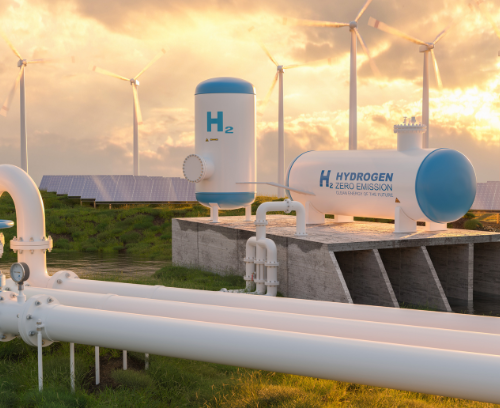PROJECT OVERVIEW
SUMMARY

The primary objective of OUTFOX is to eliminate the restriction of scale in the implementation of SOEL (Solid Oxide Electrolysis) technologies and demonstrate their potential as the preferred option for producing green hydrogen. Through the integration of experimental findings up to the 80 kW scale and the identification of optimal cell and system designs, OUTFOX plans to equip SOEL for large-scale industrial systems of over 100 MW with a low Levelized Cost of Hydrogen (LCOH) of €2.7/kg and suitability for mass manufacturing lines. The industrially-driven OUTFOX consortium will pool its expertise in cell, stack, and module development, along with manufacturing and full system evaluation, to advance the maturity of SOEL and contribute to the objectives of the Clean Hydrogen JU SRIA. The overall sustainability will be enhanced by reducing overall material requirements, where OUTFOX will achieve current densities of at least 0.85 A/cm2 using cells that are 25% thinner than the current state-of-the-art cells manufactured at high volumes.
Scaling up will be approached from two angles:
- Developing and validating cells with geometrical areas of up to 900 cm2 that are compatible with large-scale manufacturing techniques
- Validating optimized design concepts up to the full module level with increased numbers of stacks per module.
The partners will test high current density operation with reference scale (144 cm2), industrial scale (>300 cm2), and next-generation (900 cm2) cells in single repeating units (SRU), short stacks of 15 cells, and 80 kW prototype systems, resulting in over 10,000 hours of SOEL operation. To provide comprehensive validation of the OUTFOX technology, two distinct 80 kW testing campaigns with two different stack configurations will be conducted at the Shell facilities in Amsterdam, Netherlands, with over 4,000 operating hours in total. This will offer crucial data for the design of a complete 100+ MW SOEL system, including the module configuration and all balance of plant requirements, in order to pave the way for a multi-MW demonstration after the project’s conclusion.
